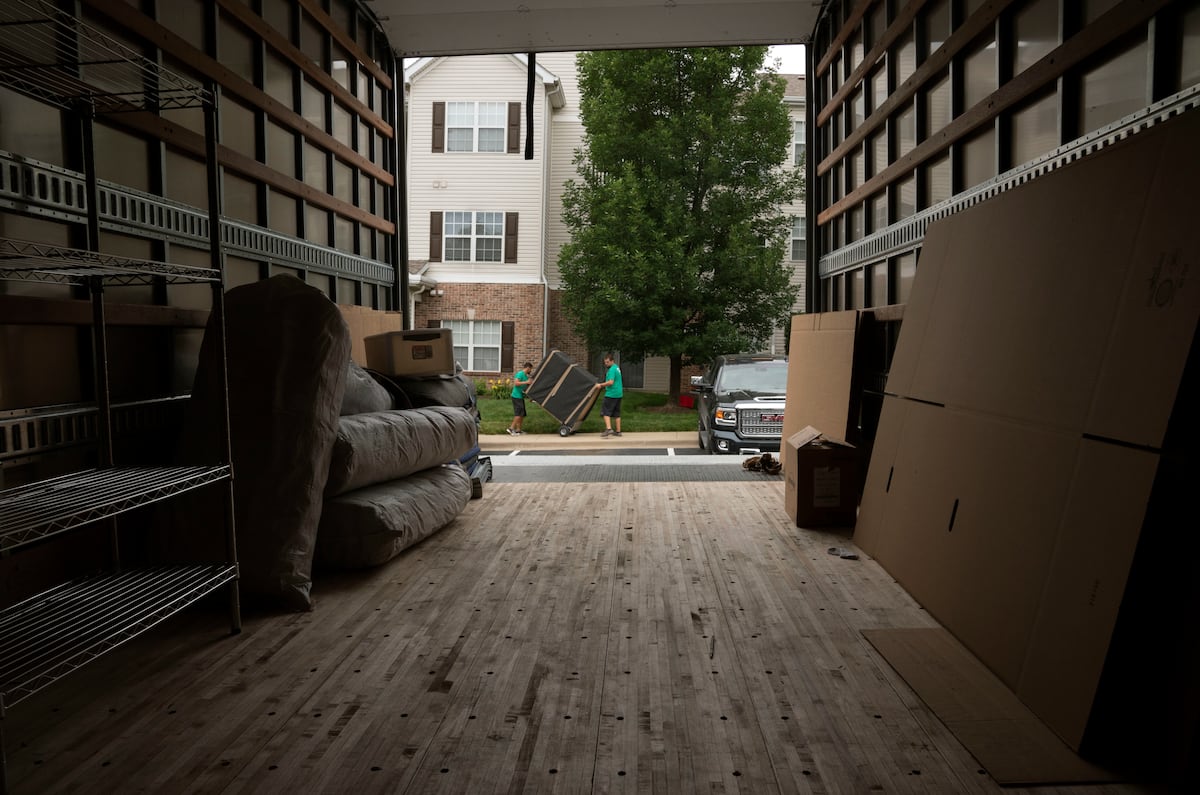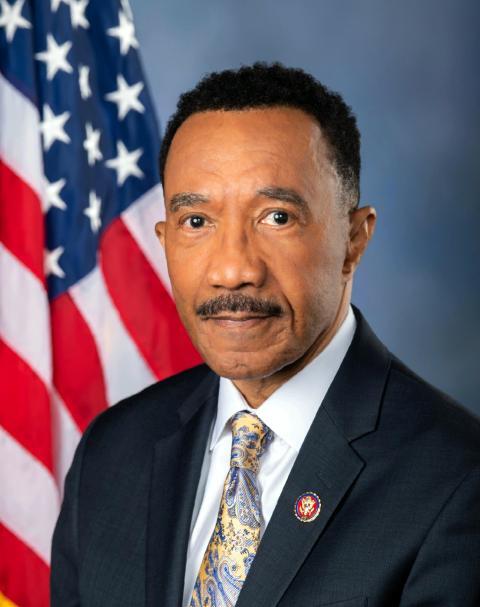Rock climbers in Victoria are expressing their intention to disregard voluntary bans on certain climbing routes at Mount Arapiles, a site recognized for its rich Indigenous heritage. This area, located in western Victoria, is celebrated as one of Australia’s premier rock climbing destinations and features ancient rock art and other culturally significant sites. The local government has urged climbers to respect the Indigenous significance of the area, which includes tens of thousands of artefacts, scarred trees, and rock art that dates back at least 3,000 years.
According to a management plan released by Parks Victoria, the site contains one of the largest Indigenous stone quarry complexes in Australia. In light of this, Parks Victoria has requested climbers to avoid five specific routes pending a longer-term management response. “While Parks Victoria and Barengi Gadjin Land Council determine a longer-term management response, and out of respect for this significant cultural landscape, visitors are requested to not enter this area,” a notice from the agency states.
Despite these requests, many climbers have taken to social media to express their dissatisfaction. Comments on a popular climbing Facebook page indicate a widespread disregard for the proposed bans. One climber questioned, “What are they going to do… chase someone up a hard core 30?” Another added, “I like resisting all proposed climbing and bouldering restrictions anywhere in Australia; it’s my other sport.”
Community Feedback Highlights Climbing’s Importance
A consultation process, which concluded in February 2023, gathered feedback from over 1,000 individuals, predominantly climbers. The overwhelming sentiment reflected in the summary report indicated a strong attachment to rock climbing in the area. The report noted that “participants felt the amendments represent a significant loss and disregard for the climbing community and diminish Mount Arapiles as a premier climbing destination.”
The consultation received 581 submissions and 1,094 online surveys, along with an online session attended by more than 365 people. The findings revealed that while many participants acknowledged the necessity of protecting cultural heritage, there was a strong call for reevaluating the extent of the proposed permanent restrictions. “The climbing community has built a special bond with the land that should not be ignored,” the report concluded.
The voluntary bans specifically apply to routes such as Chicken Boulder, Pharos Boulders, Plaque Rock, Taylors Rock, and Castle Crag, all of which are recognized for their “significant Aboriginal cultural values.”
Government’s Position on Outdoor Access
Last year, the Victorian government proposed a draft management plan that would have restricted climbing access in approximately half of the Mount Arapiles-Tooan state park. A spokesperson for the government emphasized that “the great outdoors are to be experienced and admired, not locked away.” Currently, work on the management plan has been paused while the Community Working Group strives to create diverse and inclusive opportunities for access to the Dyurrite area.
Mount Arapiles, also known as Dyurrite, is renowned for offering some of the best climbing experiences in Australia, attracting thousands of visitors each year, according to Parks Victoria. As discussions continue regarding the balance between outdoor recreation and Indigenous heritage protection, the future of climbing at this historic site remains uncertain.







